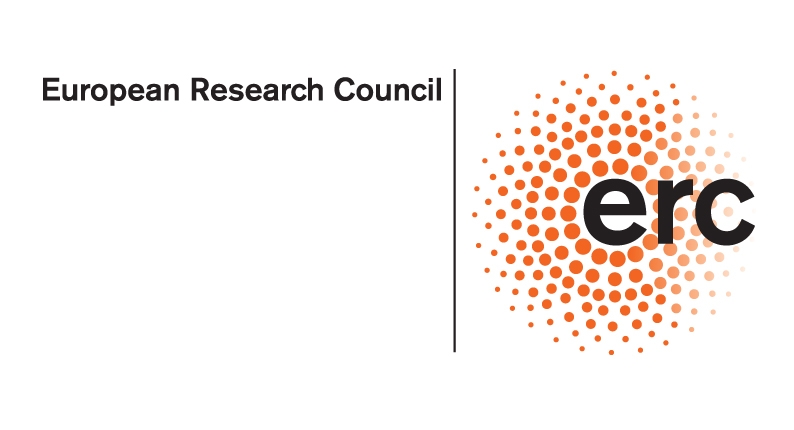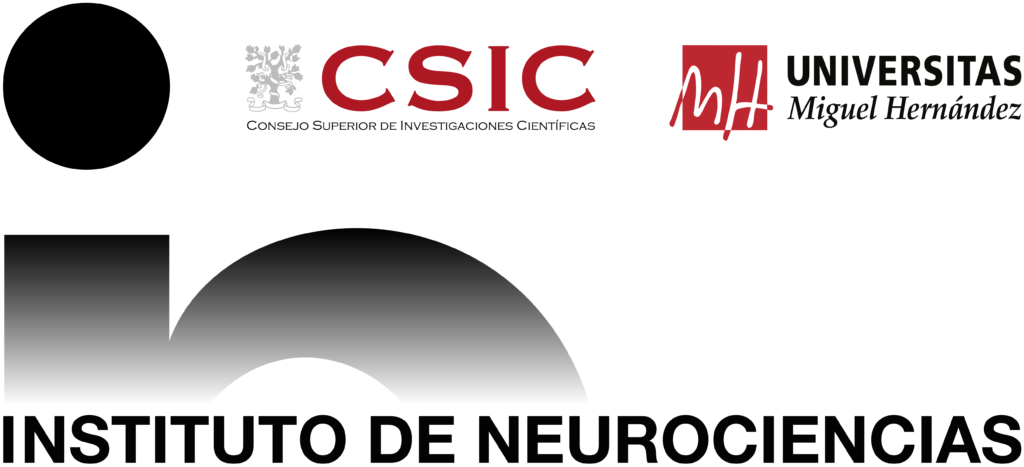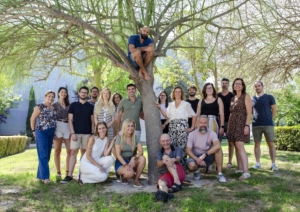The development of the thalamocortical wiring requires a precise topographical sorting of its connections. Each thalamic nucleus receives specific sensory information from the environment and projects topographically to its corresponding cortical.
A second level of organization is achieved within each area, where thalamocortical connections display an intra-areal topographical organization, allowing the generation of accurate spatial representations within each cortical area. Therefore, the level of organization and specificity of the thalamocortical projections is much more complex than other projection systems in the CNS. The central hypothesis of our laboratory is that thalamocortical wiring influences and maintains the functional architecture of the brain. We also believe that rewiring and plasticity events can be triggered by activity-dependent mechanisms in the thalamus.
Three major questions are been focused in the laboratory:
- 1. The transcriptional control of thalamocortical guidance and topography.
- 2. The activity-dependent mechanisms involved in thalamocortical guidance and wiring
- 3. The role of the thalamus and its connectivity in the neuroplastic cortical changes following sensory deprivation.
Within these projects we are using several experimental programmes, these include: optical imaging, manipulation of gene expression in vivo, cell and molecular biology, biochemistry, cell culture, sensory deprivation paradigms and electrophysiology (see Nat Neurosci 15, 1134-43 (2012); J Neurosci 32, 4372-85 (2012); Curr Biol 21, 1748-55 (2011); PLoS Biology 7, e98 (2009), J Neurosci 27, 3395-407 (2007), Cell 125, 127-42 (2006), Nat Rev Neurosci 4, 276-8 (2003). Furthermore, our team has successfully set up the technique of in utero electroporation to specifically target thalamic neurons in vivo.
We expect that the results derived from our investigations will contribute to our understating of how reprogramming of cortical wiring takes place following brain damage and how cortical structure is maintained.
Funding








